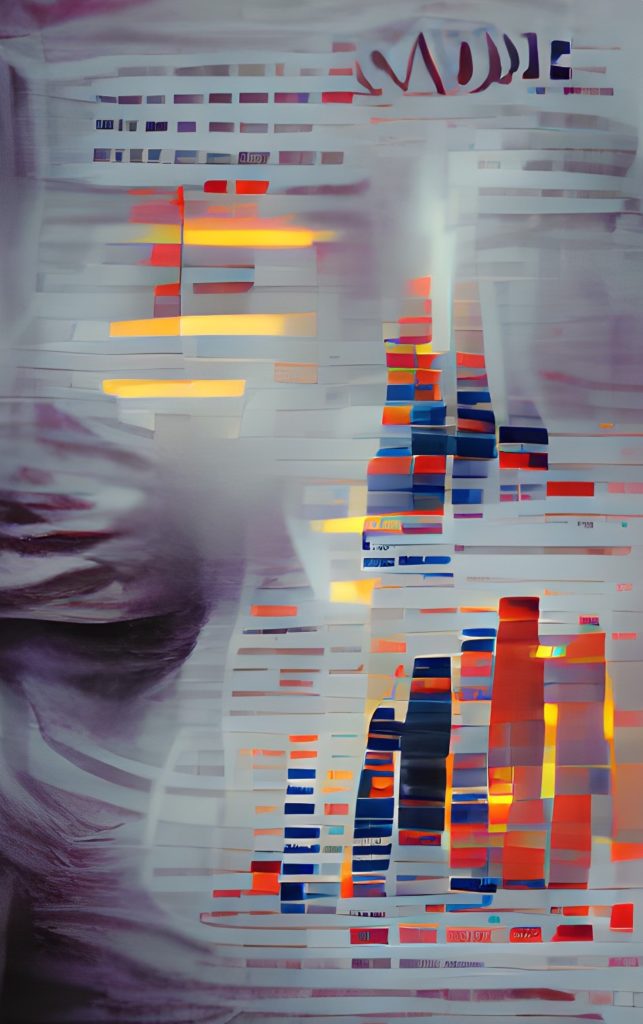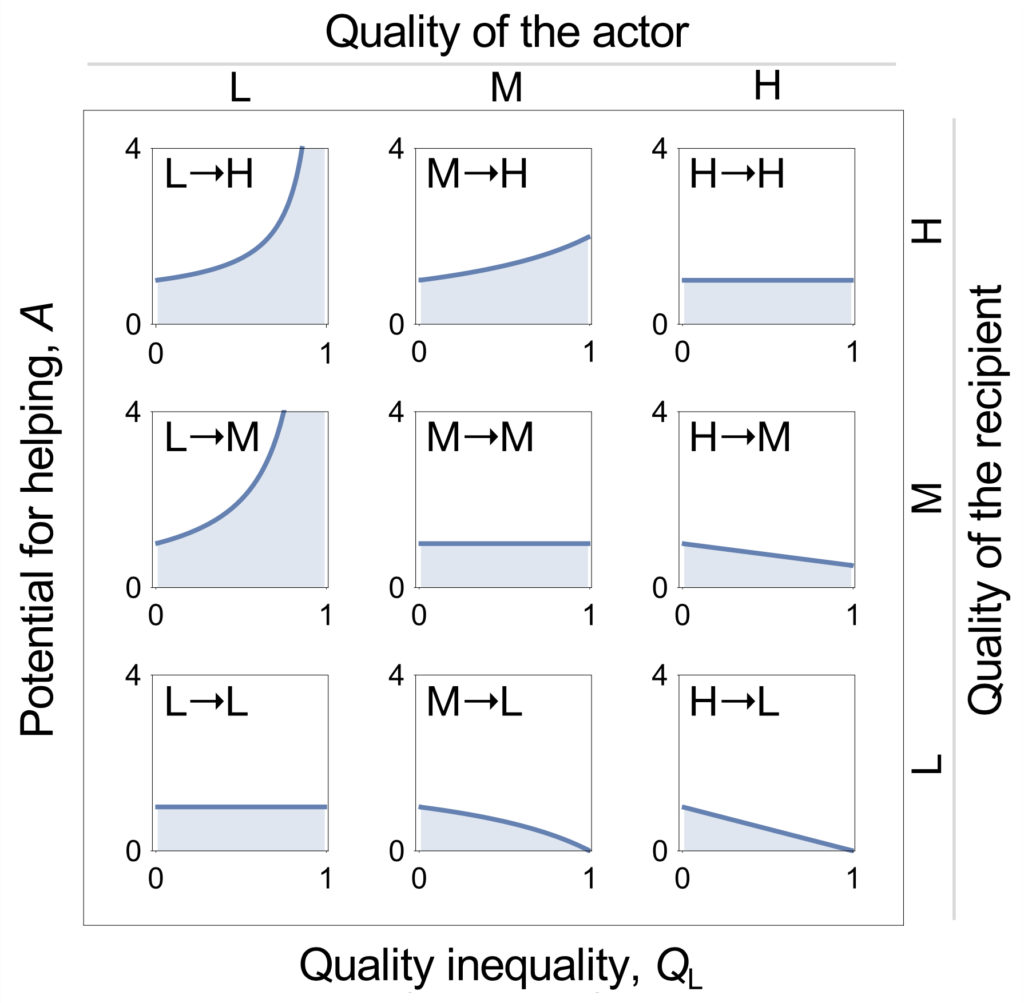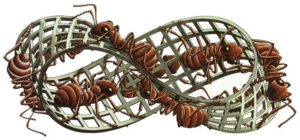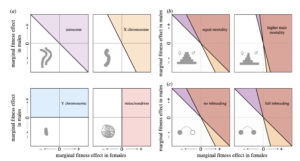Hitchcock TJ & Gardner A (2021) Sex-biased demography modulates male harm across the genome. Proceedings of the Royal Society of London Series B – Biological Sciences 288, 20212237.

Recent years have seen an explosion of theoretical and empirical interest in the role that kin selection plays in shaping patterns of sexual conflict, with a particular focus on male harming traits. However, this work has focused solely on autosomal genes, and as such it remains unclear how demography modulates the evolution of male harm loci occurring in other portions of the genome, such as sex chromosomes and cytoplasmic elements. To investigate this, we extend existing models of sexual conflict for application to these different modes of inheritance. We first analyse the general case, revealing how sex-specific relatedness, reproductive value and the intensity of local competition combine to determine the potential for male harm. We then analyse a series of demographically explicit models, to assess how dispersal, overlapping generations, reproductive skew and the mechanism of population regulation affect sexual conflict across the genome, and drive conflict between nuclear and cytoplasmic genes. We then explore the effects of sex biases in these demographic parameters, showing how they may drive further conflicts between autosomes and sex chromosomes. Finally, we outline how different crossing schemes may be used to identify signatures of these intragenomic conflicts.






